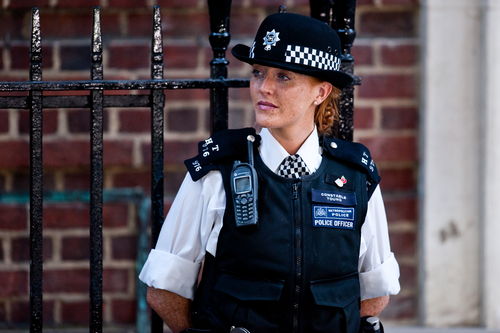The Home Office said it has conducted a successful live demonstration of the 4G technology intended to power its next-generation Emergency Services Network (ESN), in a step forward for the controversial project.
The ESN has been proposed as the successor to the existing system used by police, fire and other emergency organisations, a purpose-built network operated by Motorola subsidiary Airwave and built on the TETRA specification.
The new system is intended to run on EE’s 4G infrastructure, and as such, a key feature is its ability to prioritise emergency services traffic over communications by the general public.
The Home Office said it had tested that function on 8 February between an EE mobile mast site in Bristol and a location in Basingstoke. It was the first time Motorola Solutions’ software has linked to the live EE mobile network and demonstrated prioritisation.
![]()
‘Complex project’
“This is a complex project which will provide the emergency services with the most advanced communications system of its kind anywhere in the world – which is why successful tests like these are an excellent achievement,” stated Nick Hurd, minister for policing and the fire service.
He said the public is already seeing incidental benefits from the project, such as the expansion of EE’s 4G network coverage to 90 percent of the country.
The National Audit Office (NAO) has expressed concern over the Home Office’s strategy, calling the ESN programme “high-risk”.
In particular, it has criticised the decision build the ESN on a technology never before used by emergency services elsewhere in the world, making rigorous testing exceptionally important.
The Home Office also said it had conducted the first tests for reception in a rapid response vehicle and had introduced 130 handheld devices for testing, which it said should begin within a few weeks.
“Leaky feeder” cables, in which sections of copper shielding are removed for radio frequency signals to escape, allowing them to function as extended antennas, have now been laid in 100km of London Underground tunnels, the Home Office said. The PAC has also said it is concerned about how the ESN will function in the Tube network, as well as in underground locations outside London.
Network expansion
The government also said more than 100 genuine 999 calls have been received via phone masts set up in support of ESN.
The Home Office disclosed the latest milestones at a PAC hearing last week as part of a regular review of the House of Commons watchdog.
The project has faced repeated delays, with implementation earlier planned to begin in the middle of last year.
Under its £1bn contract, EE is to build more than 400 new 4G sites and develop a “resilient” core system, with long-range 800MHz spectrum deployed at 3,500 locations and satellite backhaul covering remote areas. Motorola Solutions is providing user-end services such as control room technologies.
Last year the Home Office said all Airwave contracts had been extended until the end of 2019, adding that they could be extended after this date if necessary.
What do you know about the history of mobile messaging? Find out with our quiz!





